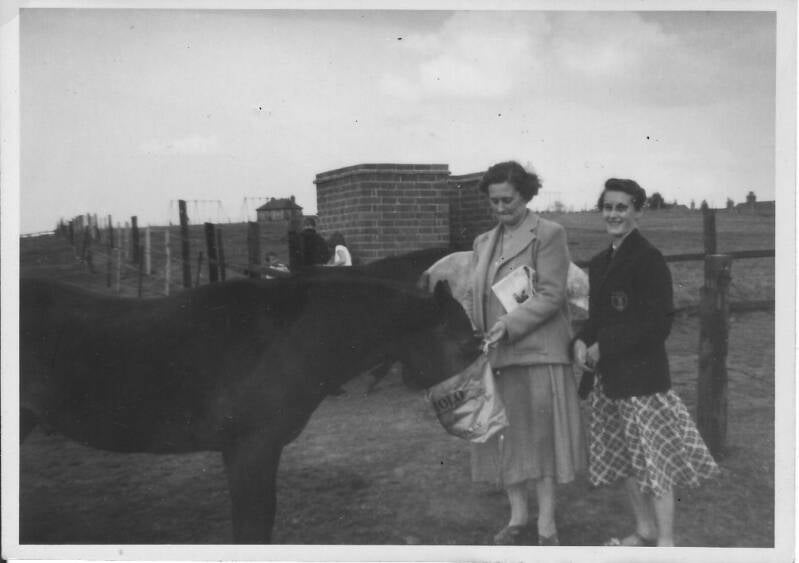The Derbyshire/Leicestershire coalfield is divided into two distinct areas, split by a major geographical problem called the Boothorpe Fault. These areas are called the Western Basin (mainly in Derbyshire) and the Eastern Basin (mainly in Leicestershire).
The earliest documentary evidence for mining in the area dates back to the 13th century, Swadlincote being an established coal working area by then. In the early days, most mining would have been done from surface outcrops or shallow pits. It wasn't until the late 1700s, with the start of the industrial revolution and the onset of steam power, that mines got progressively deeper.
The coal in this area occurs in various seams, of which the lowest seam which was commercially mined was the Kilburn Seam, at a depth of 800-1000ft. Other coal is known to exist below this level, but not in any quantities that would be considered workable. Several of the local mines were extended to the Kilburn Seam later in their working lives.
All of the local collieries in this area were nationalized after WW2 to become part of the National Coal Board (NCB). This later became British Coal.
The collieries, like the potteries, pipe yards, and brickworks have now all gone. The last working colliery in the area was Donisthorpe, and this closed in 1990. Some of the colliery sites were opencasted, but now these, along with all the clay pits, have mostly been filled in. There is now little trace on the landscape that these industries existed.




Create Your Own Website With Webador